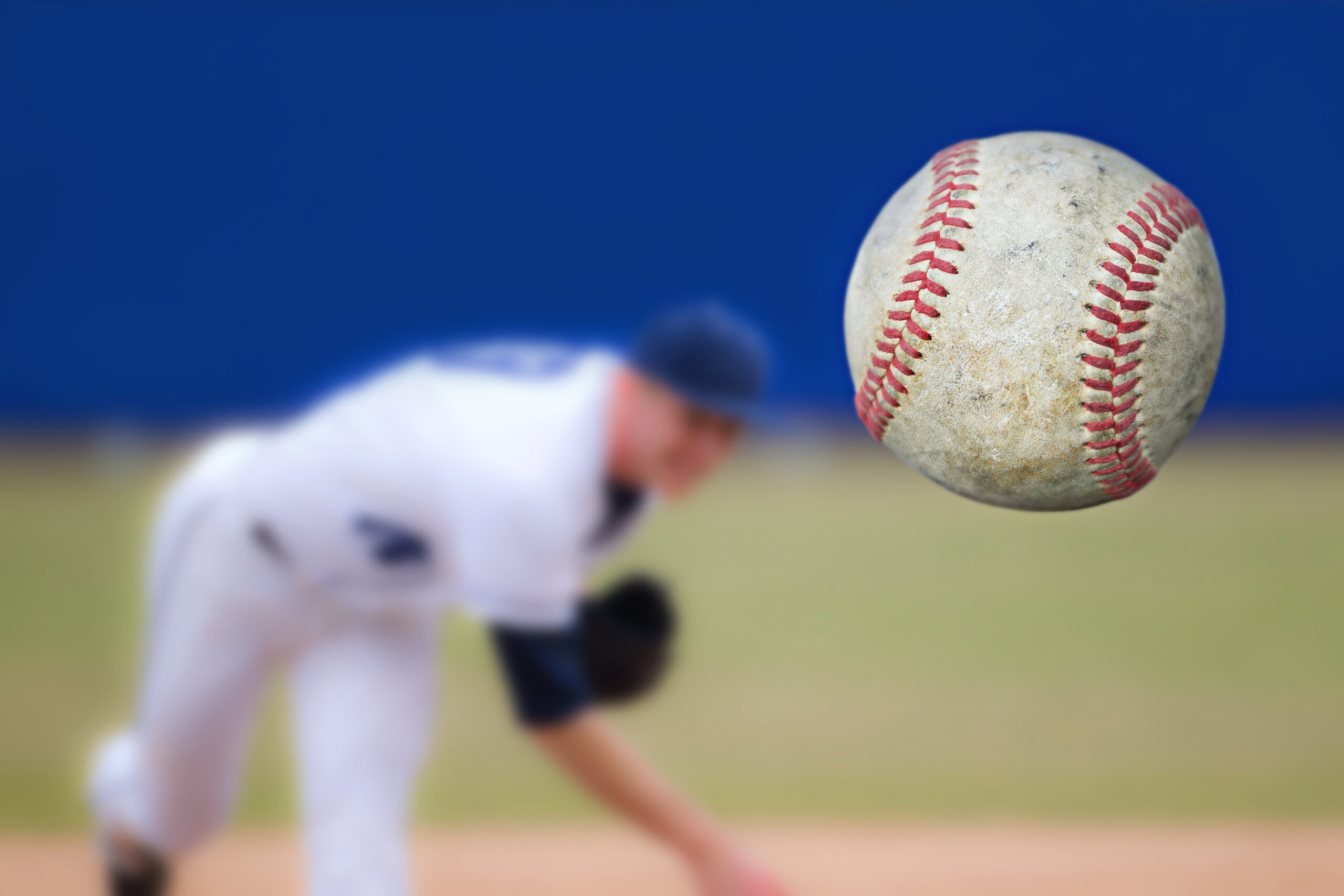By Jonathan Misura
Getting Ready to Compete
Every ballplayer knows the season doesn’t really start on opening day—it starts long before that, in the offseason and especially during preseason training. If you want to show up ready to compete, you’ve got to put in the work when no one’s watching.
For me, preseason is where the foundation gets laid. It’s the time to build strength, increase speed, and develop the kind of endurance that’ll carry you through nine innings and a long season. The key is consistency, structure, and understanding that every rep you put in now will pay off later on the field.
Strength: Build the Power Behind Every Swing and Throw
Baseball is all about explosive movement—whether you’re launching a ball over the fence or firing one across the diamond. That power starts in the weight room.
During the preseason, I focus on compound movements—things like squats, deadlifts, and bench press. These lifts target multiple muscle groups and help build the kind of full-body strength that translates to the field. I also mix in power exercises like medicine ball slams, box jumps, and kettlebell swings. These help with explosiveness and fast-twitch muscle development.
Core strength is another big one. Every movement in baseball—swinging, throwing, running—starts from your core. I make sure to add planks, Russian twists, and rotational exercises into every workout. Strong abs and obliques keep your movements efficient and protect against injuries too.
Most importantly, I don’t try to max out or go too heavy. Preseason isn’t about trying to be a bodybuilder. It’s about functional strength that helps you perform on the field.
Speed: Turning Singles Into Doubles
Speed is a game-changer in baseball. Whether it’s beating out a grounder, stealing second, or covering more ground in the outfield, that extra gear makes a difference.
Preseason is the perfect time to improve sprint mechanics and agility. I start with short sprints—10, 20, and 30-yard dashes—to train acceleration. I also work on lateral quickness using ladder drills, cone drills, and shuttle runs. These mimic the kinds of movements you use during a game, like taking off from first base or reacting to a ball hit in the gap.
Hill sprints and resisted runs (using bands or sleds) are another way I train speed. They build power in your legs and make your normal sprinting feel faster and lighter. I also make sure I’m stretching regularly and doing mobility work. A flexible athlete is a fast one.
Endurance: Outlasting the Competition
Baseball might not be a non-stop sport like soccer or basketball, but don’t underestimate the need for endurance. Between long innings, doubleheaders, and hot summer days, you need stamina to stay sharp and focused.
I like to build endurance with a mix of long runs and interval training. I’ll go for a steady-paced 2-3 mile run a couple of times a week just to build a strong aerobic base. But I also mix in high-intensity interval training (HIIT) to simulate the stop-and-go nature of baseball. That might look like 30 seconds of sprinting followed by 1 minute of walking, repeated for 15–20 minutes.
Conditioning also happens in practice. During preseason team workouts, we run base circuits, long-toss, and defensive drills that keep our heart rates up. It’s all about training your body to stay energized, even when you’re tired.
Fueling Your Body Right
You can train all day, but if you’re not fueling your body, you won’t get far. Nutrition plays a big part in how you perform. During the preseason, I focus on eating clean, whole foods.
Lots of lean protein—chicken, eggs, tuna—helps repair muscles. Carbs like rice, oats, and fruit give me energy for workouts. And healthy fats—nuts, avocado, olive oil—keep everything balanced. I drink a ton of water, too. Staying hydrated helps with focus and prevents injuries.
I also keep an eye on sleep. Recovery is just as important as training. I aim for 7–8 hours a night and take rest days seriously. Your muscles grow when you rest, not when you’re lifting.
Mental Preparation
Physical training is huge, but preseason is also a time to get your mind right. I like to visualize different in-game situations—coming up to bat with runners on, making a diving play in the field, stealing a base. It helps me build confidence and mentally prepare for pressure moments.
I also work on staying positive. It’s easy to get frustrated if a workout doesn’t go as planned or your numbers aren’t where you want them to be. But preseason is a process. It’s about showing up every day, putting in the work, and trusting that the results will come.
Final Thoughts
Preseason training is where good players become great. It’s where you sharpen your tools, push your limits, and prepare your body and mind for the grind ahead. It’s not always fun—some days are tough, and motivation dips—but it’s always worth it.
By focusing on strength, speed, endurance, and mental discipline, I know I’m giving myself the best shot at success when it’s time to step between the lines. So if you’re a ballplayer getting ready for the season, start now. Start strong. And keep grinding. The season’s coming fast—and you want to be ready when it does.
